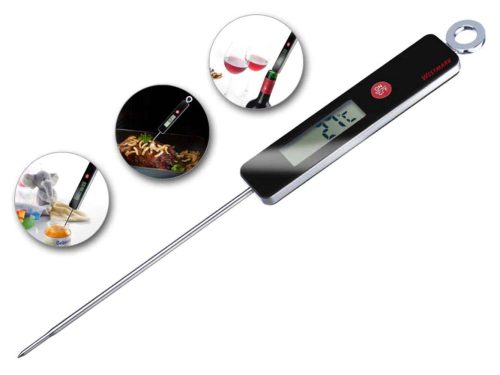Certainly! Humidity monitoring using hygrometers can be simplified by focusing on the essentials. Here’s a straightforward guide to understanding and utilizing hygrometers for humidity monitoring:
1. Understanding humidity:
Relative humidity (rh): It represents the amount of moisture in the air relative to the maximum amount of moisture the air can hold at a particular temperature. Expressed as a percentage, 100% rh means the air is saturated with moisture.
2. Types of hygrometers:
Mechanical hygrometers: Traditional types using materials that respond to humidity changes, such as hair tension or bimetallic strips.
Electronic hygrometers: Modern devices utilizing sensors (capacitive or resistive) to measure humidity accurately.
3. Placement and calibration:
Correct placement: Put the hygrometer in an area representative of the space you want to monitor. Avoid direct sunlight, drafts, or near heat sources.
Calibration: Check and calibrate your hygrometer regularly to maintain accuracy. Use the manufacturer’s instructions or perform a salt test for calibration.
4. Monitoring and interpretation:
Regular checks: Monitor humidity levels periodically, especially in spaces prone to humidity fluctuations.
Interpreting readings: Understand the readings in relation to comfort, health, or specific requirements of your environment. Ideal indoor rh typically ranges from 30-60%.
5. Maintenance:
Keep it clean: Regularly clean the hygrometer to prevent dust or dirt from affecting its accuracy.
Battery check (for electronic hygrometers): Ensure the batteries are functional for accurate readings.
6. Acting on readings:
Adjusting conditions: If the humidity is too high or low for comfort or specific requirements, take action. Use dehumidifiers or humidifiers to balance humidity levels as needed.
7. Record keeping:
Maintain a log: Document humidity readings over time, especially if monitoring is critical for health, manufacturing, or research purposes. This log helps identify trends and deviations.
8. Learn and adapt:
Learn from changes: Understand how changes in weather, seasons, or activities impact humidity levels. Adapt your control measures accordingly.
9. Seek help when necessary:
Professional advice: In specialized fields or if experiencing difficulties controlling humidity, seek advice from experts or professionals.
By focusing on these essential aspects, you can effectively utilize hygrometers for humidity monitoring in your environment. Regular monitoring, correct placement, understanding readings, and taking necessary actions based on those readings are key to maintaining a comfortable and healthy atmosphere.


